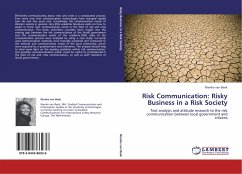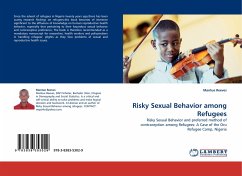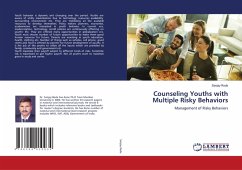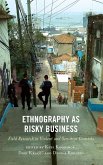Effectively communicating about risks and crises is a complicated process. Even more now that communication technologies have changed rapidly over the last few years and, accordingly, the communication needs of Western society in general. Very little academic literature exists on how to adapt to these new communication needs in the field of risk and crisis communication. This book, therefore, provides more insight into the existing gap between the risk communication of the (local) government and the communication needs of the residents. Both sides of the communication process were analyzed by using a case study. Currently used communication materials were textually examined and compared to the attitude and communication needs of the local community, which were acquired by a questionnaire and interviews. The analysis should help to shed some light on the existing problems within risk communication, and provides recommendations which could be useful to professionals in the field ofrisk and crisis communication, as well as staff members of (local) governments.
Bitte wählen Sie Ihr Anliegen aus.
Rechnungen
Retourenschein anfordern
Bestellstatus
Storno








